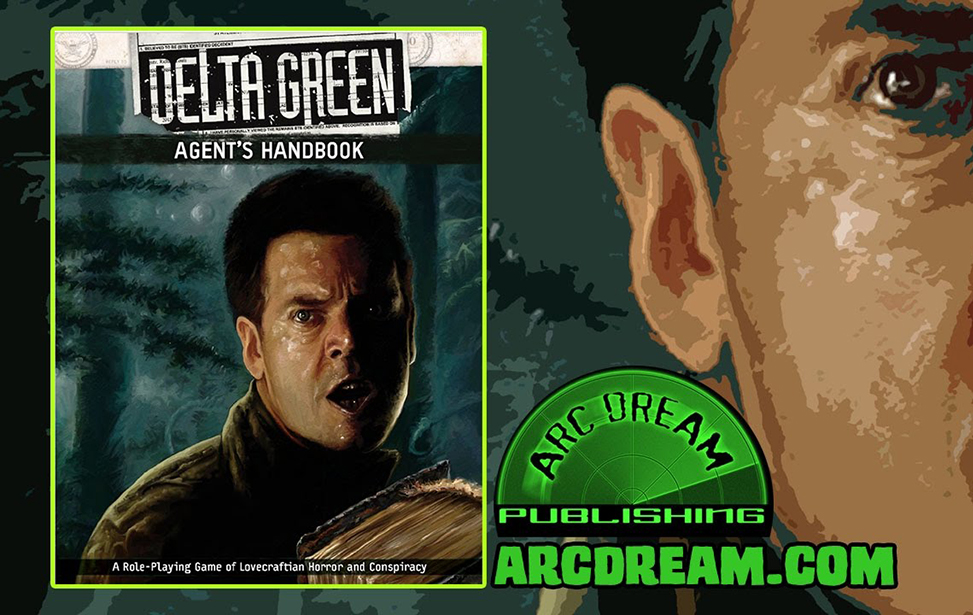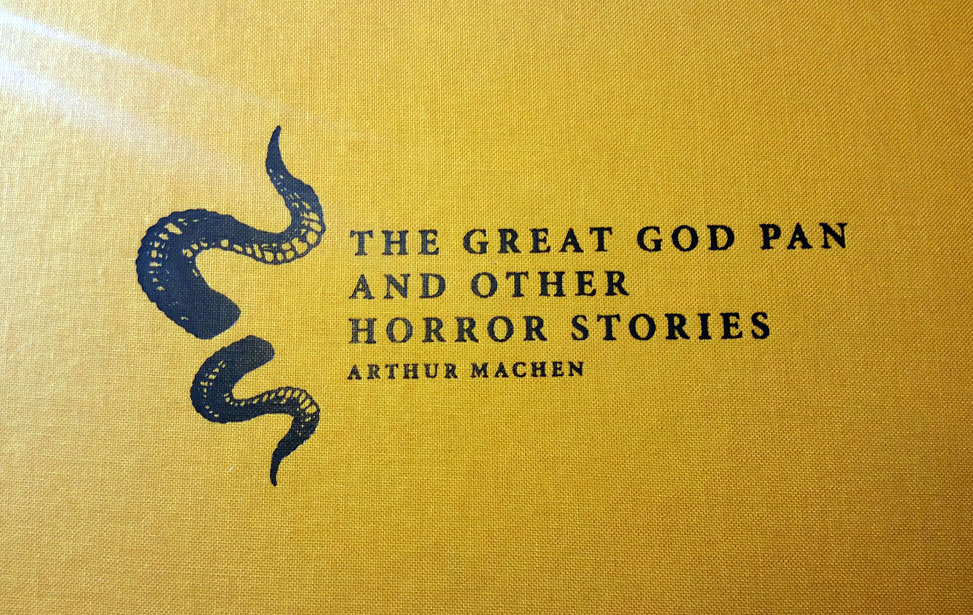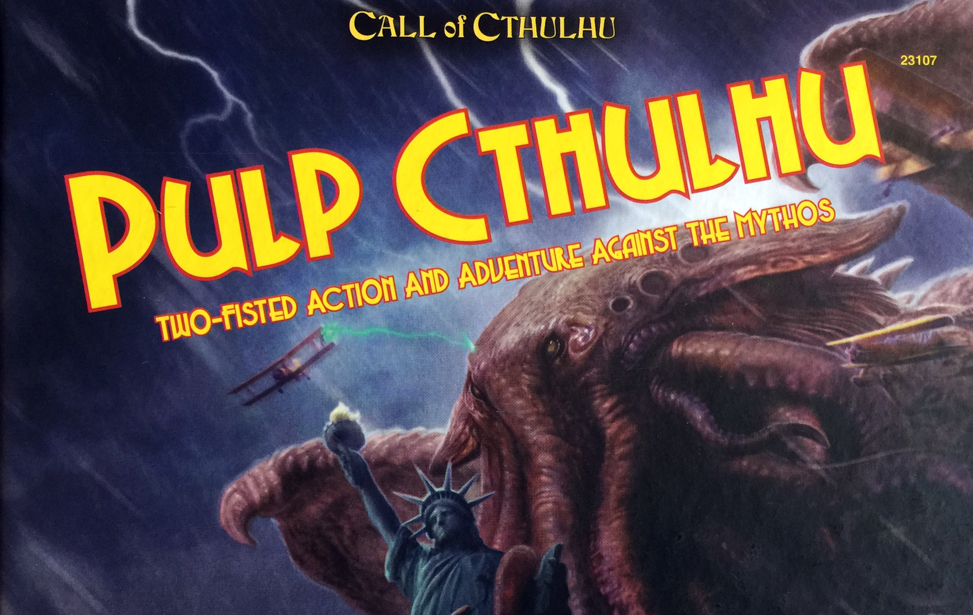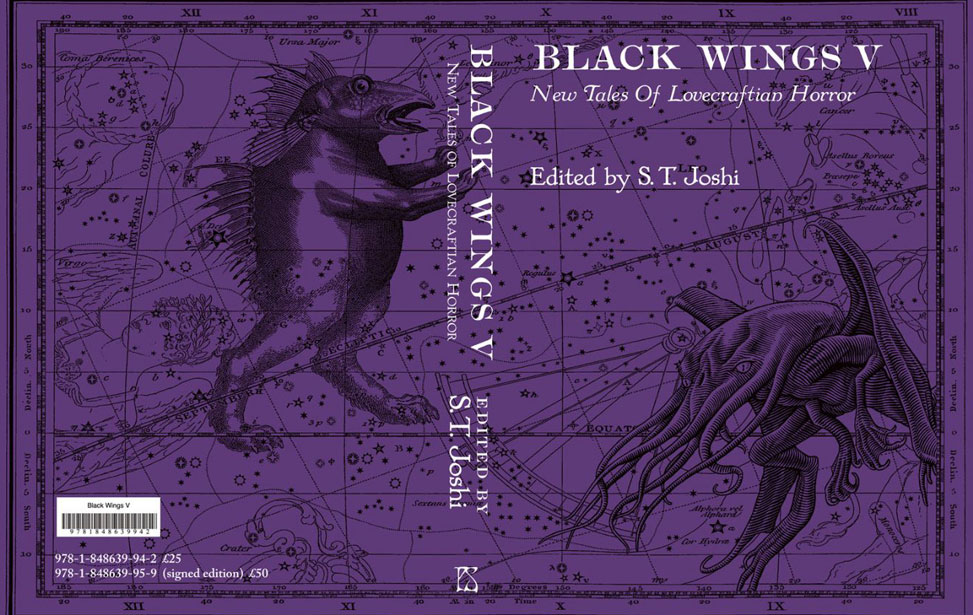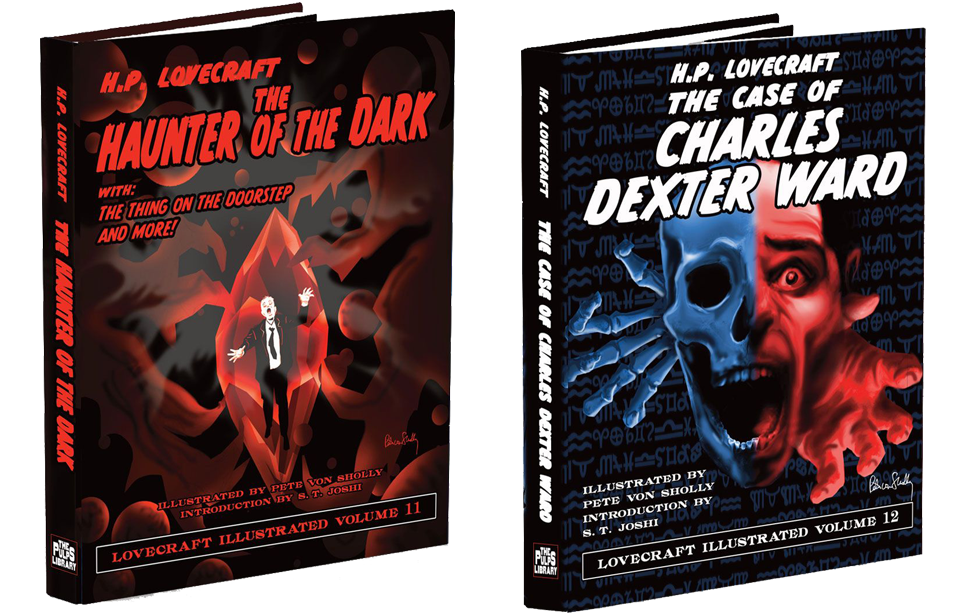Call of Cthulhu: The Official Video Game
Call of Cthulhu: The Official Video Game is easily among the very best Lovecraft-themed games in terms of atmosphere, experience, and faithfulness to the spirit of the source. Some dedicated gamers may not be willing to overlook some of the rough spots in game design and limited replay value.
- Overall: B B B B B
- Quality: Q Q Q QQ
- Value: V V VV V
- Produced by Cyanide Studio
- Licensed from Chaosium Inc.
- Published by Focus Home Interactive
- Price: USD44.99
Review by James K. Nelson
November 11, 2018
“I don’t think I can watch this, this is too much like nightmares I’ve had.” - spouse of reviewer, getting up from the couch.
I loved playing Call of Cthulhu: The Official Video Game. It’s a flawed game, no doubt. If you’re not a fan of its brand of horror, of the Role-Playing Game it’s based on, or of the author who inspired the RPG, these flaws may outweigh the game’s engaging mystery and densely creepy atmosphere.
This is, at its core, a heavily story-driven “point and click” adventure game. A bit unfashionable and behind the times, but nonetheless it’s a great approach for this material. Several stealth sequences (which are generally well done and suspenseful) and several chase/action sequences (generally less successful in execution) add variety, and the games adds a “reconstruction mode”, where the protagonist attempts to put together the clues in an area into as cohesive of a story as possible. While probably not the the Next Big Thing in gaming, I found these sequences to be very satisfying, as piecing together mysteries really is one of the the big payoff in this game.
This is an original story, and doesn’t directly follow to any obvious degree any Lovecraft stories in terms of narrative. The game, it should perhaps be emphasized, is only indirectly related to Lovecraft's tale "Call of Cthulhu". It is, instead, a PC adaptation of the Chaosium role-playing gaming system Call of Cthulhu, and certain game mechanics and tropes are carried over from there, with Lovecraft as the original source of inspiration. This is probably for the best. Lovecraft’s stories themselves are difficult to translate into a satisfying video game. The protagonists are often likely to be little more than helpless onlookers, and there are only a bare handful of true “action sequences” in his work.
Without telling too much of the plot, the story concerns Edward Pierce, a private detective, and a war veteran who “drowns his memories in liquor and sleeping pills”. Desperate for a case, he is hired by a prominent businessman to investigate the deaths of his daughter, Sarah Hawkins (a promising young artist of fantastical visions and the macabre), her husband, and their son under peculiar circumstances. After a brief introduction and tutorial sequence in Pierce’s office, the game moves to and stays in Darkwater, an isolated coastal island village where you are drawn further and further into a very unsettling and compelling mystery.
This is no open-ended sandbox game. The main storyline is quite linear, with numerous short chapters within which you have only a limited area to explore and interact with (sometimes as little as a single room, sometimes a village neighborhood, sometimes the floor of a building or a set of underground tunnels). The decisions you make regarding your character’s attributes or in-game actions do have consequences on events later in the game, but the overall shape of the narrative does not vary, which limits its replay value.
The game, at least in its original release, demonstrated no serious bugs, but did show some lack of polish at times. I had to deal with some widely varying dialog volume when the POV of the game shifted, sometimes resulting in difficult to hear or startlingly loud speech. When you see a view of a new clue or piece of evidence, you’re prompted to use the mouse buttons to “rotate” the item, but the mouse buttons had no effect in this view. And the captions show occasional minor but distracting errors or unnecessary mismatches with the spoken dialog.
The technical sophistication of the graphics are a bit behind the curve relative to many new releases (My starting-to-age mid-tier graphics processing card handled everything very well on “Ultra” settings). However, while not overly impressive in a technical sense, the character designs, lighting effects, “camera work” are all very well done within the graphic engine capabilities, leading to terrifically spooky results and some mind-bending breaks from reality.
The game is best when emphasizing the atmosphere and the story. A few of the more puzzle-like sequences will tend to take the player out of the story from the necessary trial-and-error to move ahead. One time-sensitive sequence in particular comes to mind, in which Pierce must quickly act to save his life from an exquisitely terrifying end, but the solution involves finding just the right item in a crowded area, and then figuring out the somewhat non-intuitive action required. While I was hugely impressed by the initial horror, replaying the sequence some dozen times tended to spoil the my immersion.
Despite some rough spots in terms of game design, overall I found Call of Cthulhu: The Official Video Game to be among the very best Lovecraft-themed games I’ve played in terms of atmosphere, experience, and faithfulness to the spirit of the source.






